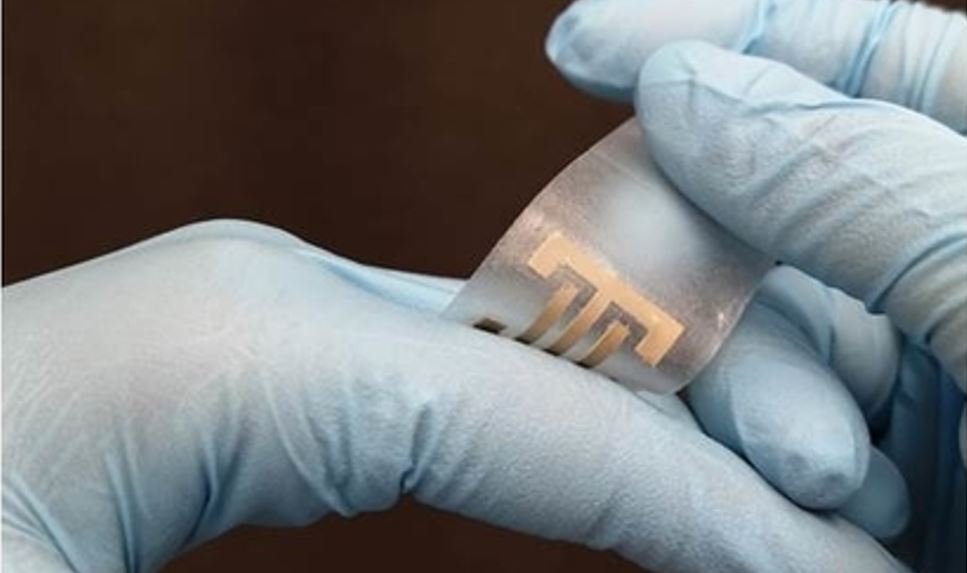Muscles that people work hard to strengthen will shrink when they do not exercise for more than 3 weeks. But scientists have found that even if a hibernating bear does not eat for several months, its muscle mass will increase.
Hibernating bears maintain the same muscle mass after waking up. A Japanese research team has found that the key to hibernating bears’ ability to maintain muscle mass and physical function lies in their blood.
Is the IGF-1 enzyme key to preserving muscle mass in bears?
The amount of muscle in the human body depends on the balance between muscle protein synthesis and degradation. When the human body is not exercising, it secretes a degrading enzyme given MuRF-1, which causes muscle loss.
According to previous research, a high concentration of growth hormone, insulin-like growth factor 1 (IGF-1), can increase the content of muscle tissue in the body. This enzyme, found in the blood of bears, has just been discovered.
Adding bear serum to human cells in experiment
Initially, Miyazaki’s research team believed that changes in IGF-1 concentration affected bears’ muscle mass during hibernation. To this end, the research team sampled two serums from a Japanese black bear, one during summer and the other during hibernation.
After testing, they found that the bear’s IGF-1 concentration peaks during the summer months and drops to its lowest level when it’s about to hibernate.
IGF-1 concentration did not rise again until the end of hibernation. The research team then added the two serums with human skeletal muscle cells. After 24 hours of observation, they found that the protein content of human skeletal muscle cells added to black bear winter serum increased significantly, but the cell samples showed no similar change.
Based on the results of this experiment, the research team concluded that since the concentration of IGF-1 in the serum of black bears is highest during the summer months, IGF-1 concentration is not the key to maintaining muscle mass. There were no changes in human skeletal muscle cells.
Miyazaki added: “If we can determine which ‘component’ in the blood of hibernating bears maintains muscle mass and clarify the working mechanism behind hibernating animals that do not eat, drink or move to maintain their muscles, this discovery will aid future development. Rehabilitation. What works for patients. strategies can also prevent patients from becoming chronically bedridden.”
First image resource: Unsplash






